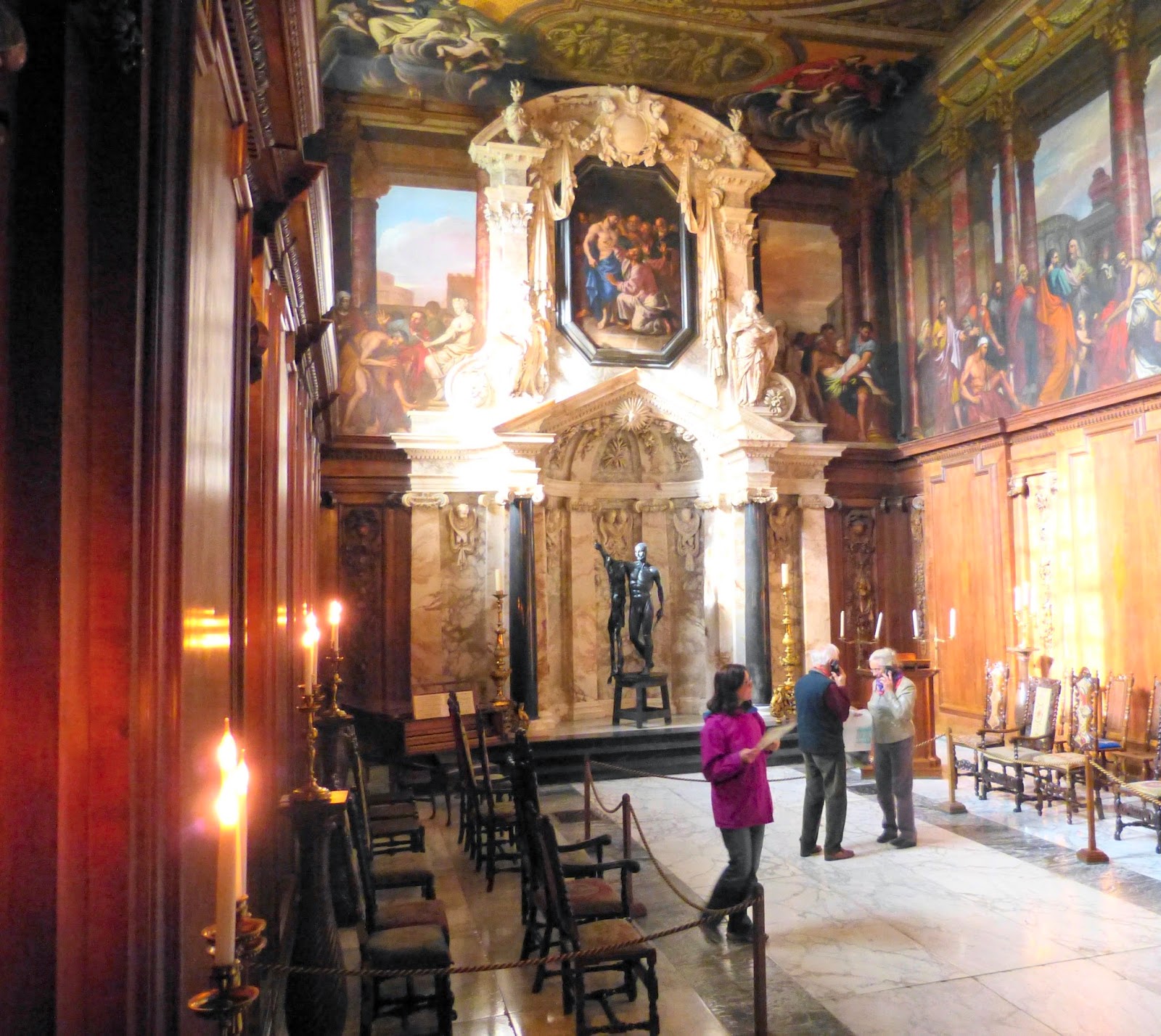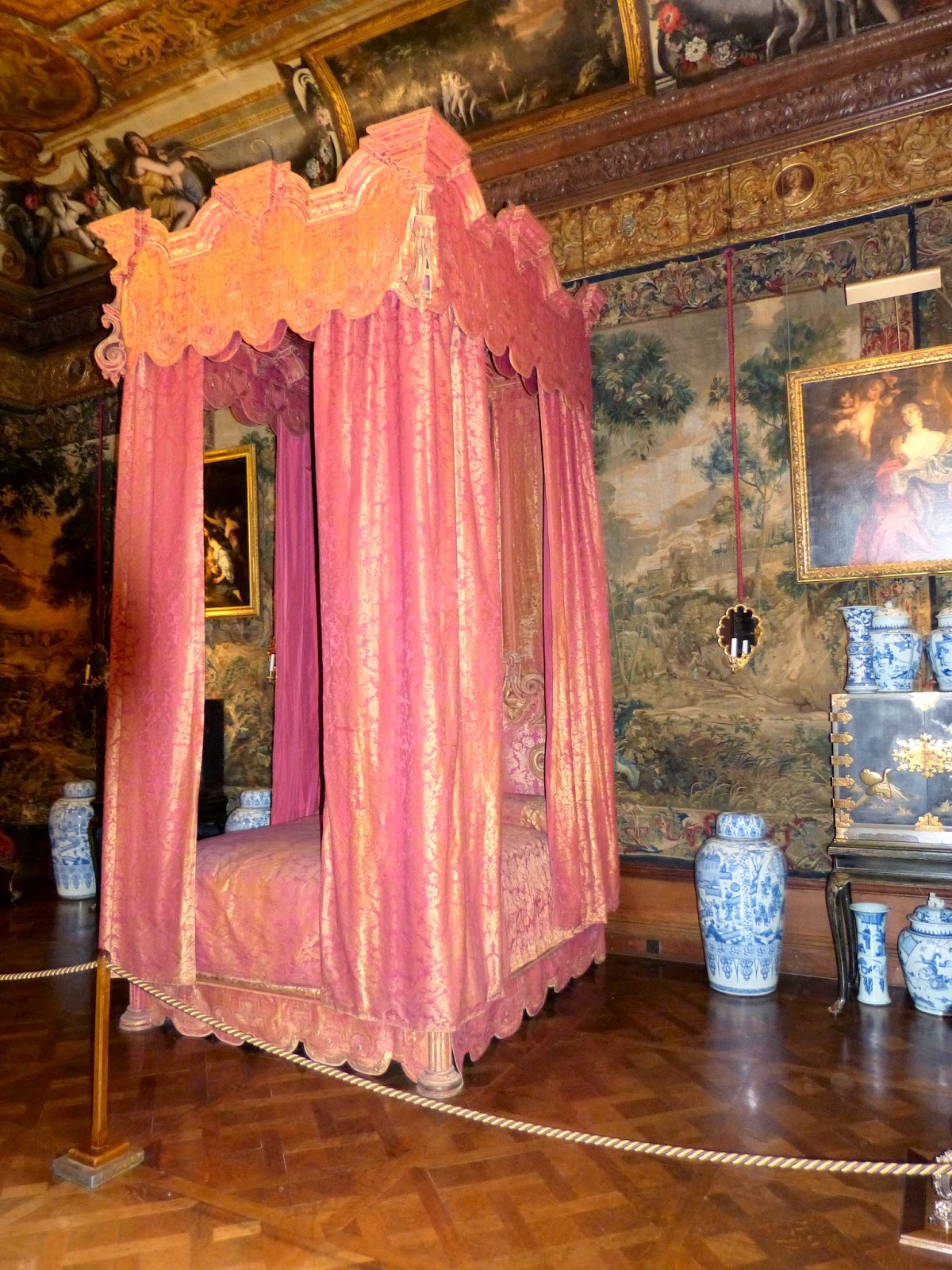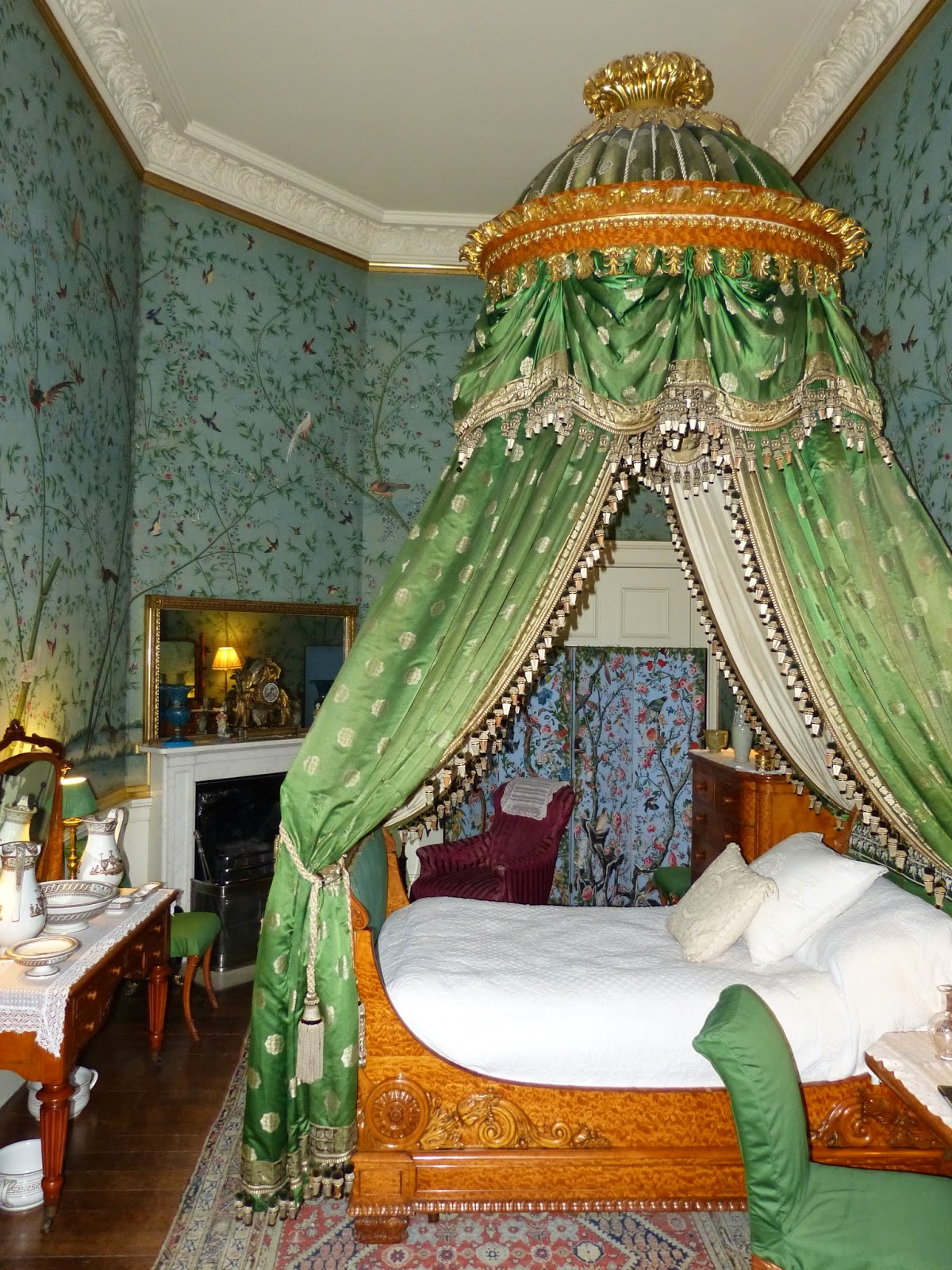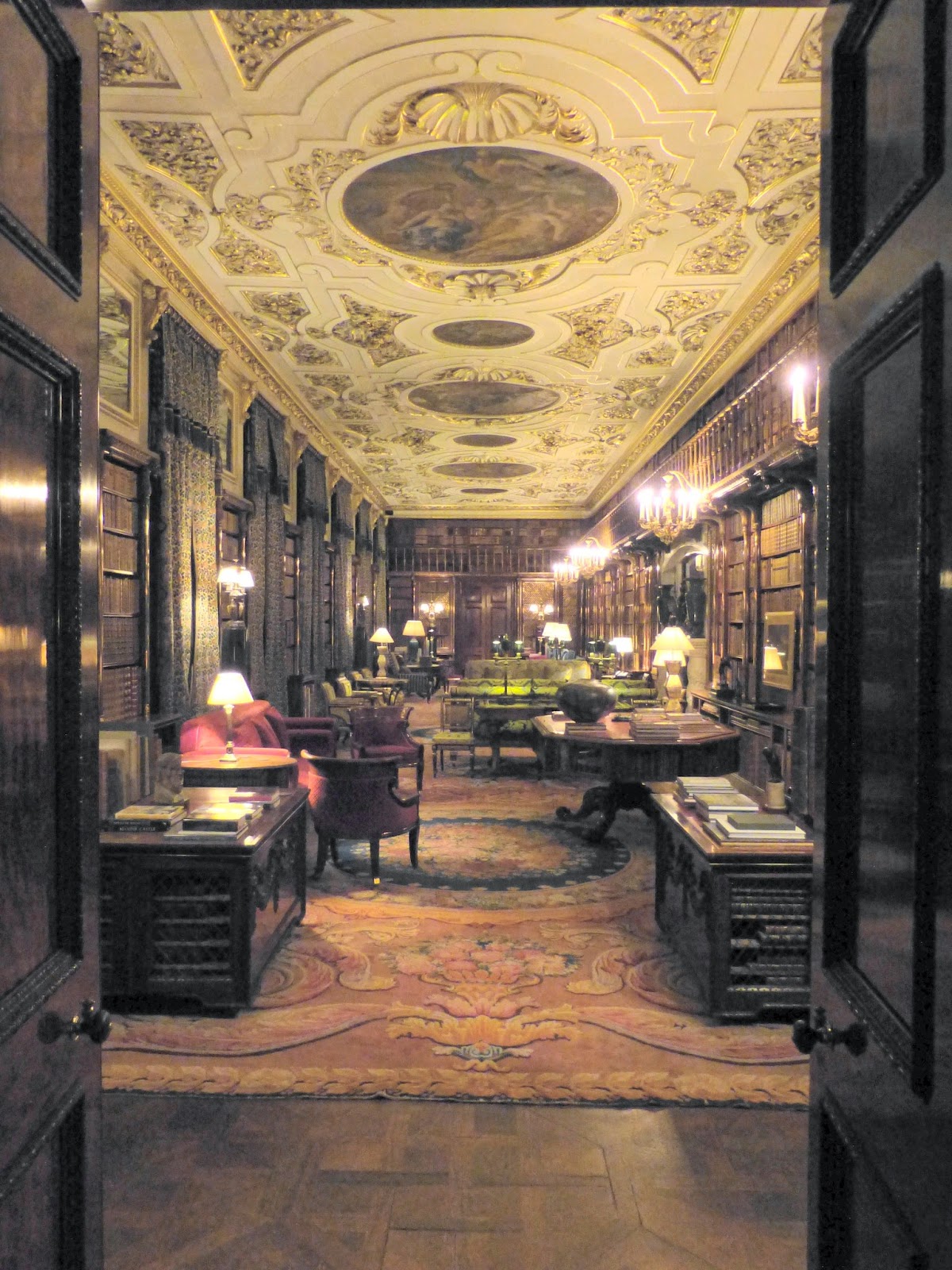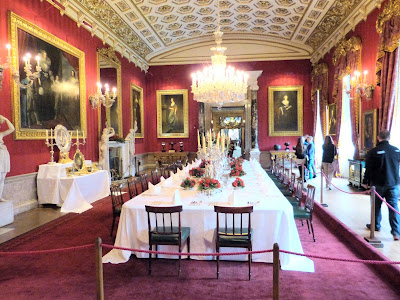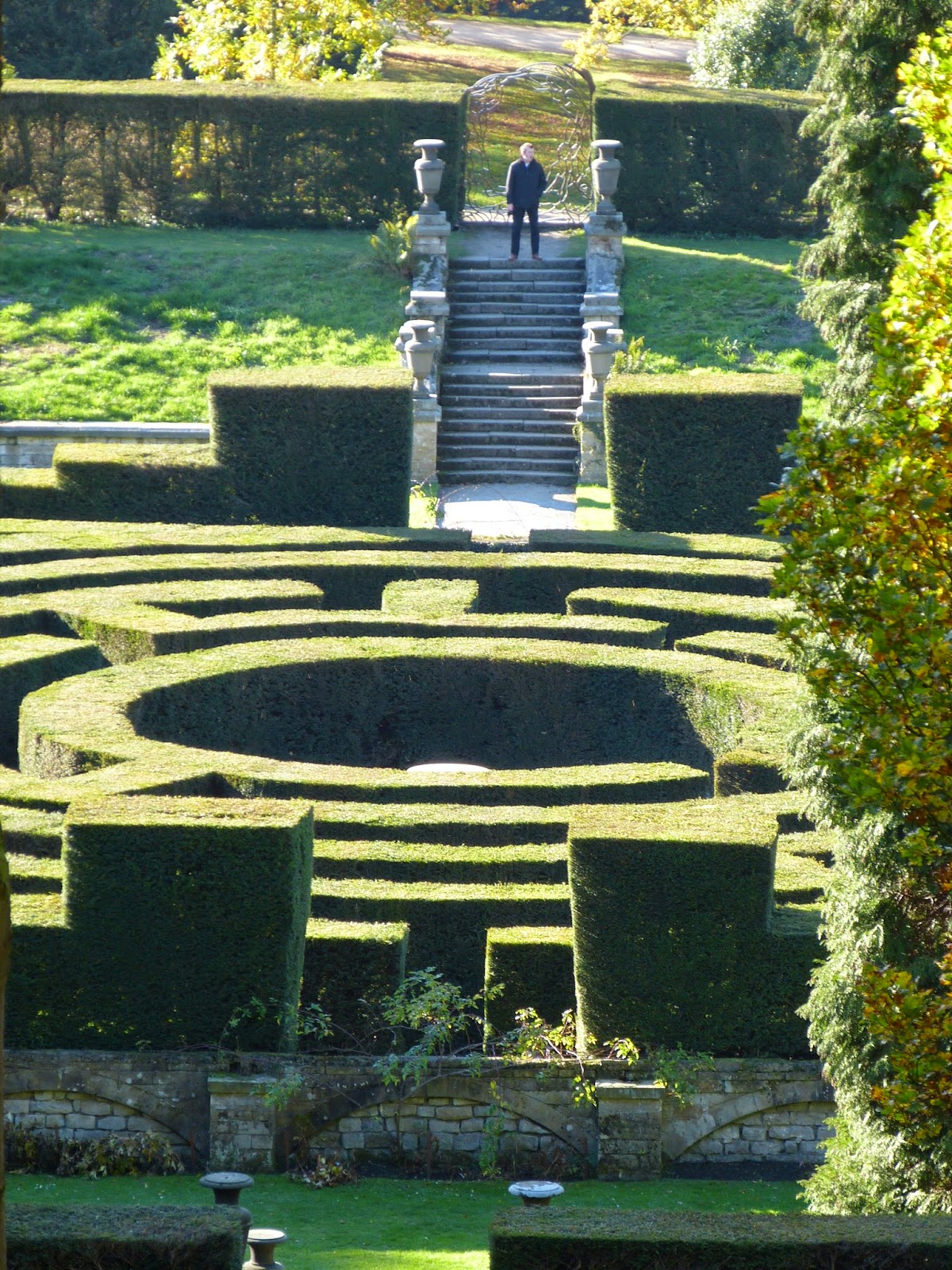 |
| Statue of George III on horseback, Cockspur Street, London (2015) |
While I was reading Fanny Burney’s diaries, I came across frequent references to the post of equerry. But what exactly was an equerry?
What is an equerry?
According to the Oxford Dictionary, an equerry is:
An officer of the British royal household who attends or assists members of the royal family.1
The role of equerry in the Georgian period
 |
| Royal Mews, London (2017) |
The Chief Equerry was formerly always styled Gentleman of the Horse, as the first Gentleman of the Bed-chamber was entitled Groom of the Stole.
He is the next officer to the Master of the Horse, and in his absence presided over all affairs relating to the Royal Stables. His salary is now fixed at 1000l per annum. That of the remaining Equerries, of which there are four, at 750l per annum.2
 |
| Fanny Burney from Diary and letters of Madame D'Arblay (1842) |
...business to attend and guard the king, but he was determined to take almost equal care of some of his majesty's subjects: he was everybody's equerry during the whole expedition, assisting and looking after every creature, seeing us all out of our carriages and into them, and addressing the people, when they pressed too forward, with a steadiness and authority that made them quicker in retreat than all the staves of all the constables, who were attending by dozens at the entrance of every college.3
Major Price, who, as equerry, always brings up the rear, walks at a distance from the group, and keeps off all crowd from the royal family.4
It was the equerry's role to attend the King whenever he required. Normally the King had an equerry with him whenever he walked out, but at Kew the royal family were very informal:
The king has not even an equerry with him.5Even after George III had escaped an attack on his life, he insisted on walking on the terrace at Windsor “with no other attendant than his single equerry.”6
 |
| Close up of statue of George III, Weymouth seafront (2014) |
Periods of service
One evening, when we were all, as usual, assembled, he [Colonel Manners, one of the King’s equerries] began a discourse upon the conclusion of his waiting, which finishes with the end of June: - ‘Now I don't think,’ cried he, ‘that it's well managed: here we're all in waiting for three months at a time, and then for nine months there's nothing!’
‘Cry your mercy!’ cried Colonel Goldsworthy [another equerry], ‘if three months - three whole months - are not enough for you, pray take a few more from mine to make up your market!’
‘No, no, I don't mean that; - but why can't we have our waitings month by month? - would not that be better?’
‘I think not! - we should then have no time unbroken.’
‘Well, but would not that be better than what it is now? Why, we're here so long, that when one goes away nobody knows one! - one has quite to make a new acquaintance! Why, when I first come out of waiting, I never know where to find anybody.’7
Being an equerry to George III was hard work! He rose early, seemed to have boundless energy and spent much of his time outdoors, whatever the weather.
 |
| The White Horse, Osmington, depicting George III on horseback (2016) |
George the Third never enjoyed his existence so much as when in the open air; at times on foot; but generally on horseback; either following the hounds which he did with great ardour; or at a review, where he was always animated; or inspecting his farms, or visiting his various improvements and embellishments round Windsor. It was his delight to mount his horse before the equerry in waiting could possibly be aware of it; often in severe or unpleasant weather, which rarely deterred him; always at an early hour. One of his equerries has assured me, that when thus surprized, he has been compelled to follow the king down Windsor Hill with scarcely time to pull up his stockings under his boots. No place about his majesty's court or person, so long as he retained his intellect, could indeed be less of a sinecure than the office of an equerry. The appointments were very inadequate to the fatigue and exertions of the post: a fact of which the king himself was so well aware, that he used to say he had fewer applications for the employment of equerry than for any other in his donation.8
...have the hunting, to be sure, nor amusing yourself with wading a foot and a-half through the dirt, by way of a little pleasant walk, as we poor equerries do! It’s a wonder to me we outlive the first month.9
...of the chase, all the riding, the trotting, the galloping, the leaping, the—with your favour, ladies, I beg pardon, I was going to say a strange word, but the—the perspiration—and—and all that—after being wet through over head, and soused through under feet, and popped into ditches, and jerked over gates, what lives we do lead! Well, it's all honour! that's my only comfort! Well, after all this, fagging away like mad from eight in the morning to five or six in the afternoon, home we come, looking like so many drowned rats, with not a dry thread about us, nor a morsel within us—sore to the very bone, and forced to smile all the time!9
 |
| George III on horseback - on display in Weymouth Museum in 2014 |
For them to be absent from the Lodge was contrary to all known rules.10
...down again to the eating-room. There the equerry, whoever he is, comes to tea constantly, and with him any gentleman that the king or queen may have invited for the evening; and when tea is over, he conducts them, and goes himself, to the concert-room. This is commonly about nine o’clock.11
‘...go no farther than the fiddling-room. As to the queen, we don’t see her week after week sometimes. The king, indeed, comes there to us, between whiles, though that's all as it happens, now Price is gone. He used to play at backgammon with Price.’
‘Then what do you do there?’
‘Just what I tell you—nothing at all, but stand as furniture.’12
• Lieutenant-Colonel Robert Fulke Greville, brother of Charles Greville
• General Thomas Garth - who was rumoured to have fathered a child by Princess Sophia.
• General Charles Fitzroy, 2nd son of 1st Baron Southampton - who was loved by Princess Amelia.
 |
| General Charles Fitzroy, from The Romance of Princess Amelia by WS Childe-Pemberton (1911) |
• Major Price
• Major Goldsworthy
• Colonel Manners
George IV’s equerries included:
• Lieutenant-Colonel Lake
• Lieutenant-Colonel Hulse
• Sir John Dyer, Baronet
• Lieutenant-Colonel Stevens
• Sir William Congreve, 2nd Baronet of Walton
If you have enjoyed this blog and want to encourage me and help me to keep making my research freely available, please buy me a virtual cup of coffee by clicking the button below.
(1) From Oxford Dictionaries online, accessed 2014.
(2) From The Book of the Court by WJ Thoms (1838).
(3) From an entry dated 13 August 1786 in Diary and Letters of Madame D'Arblay by Fanny Burney (1842).
(4) From an entry dated 7 August 1786 in Diary and Letters of Madame D'Arblay by Fanny Burney (1842).
(5) From an entry dated 28 July 1786 in Diary and Letters of Madame D'Arblay by Fanny Burney (1842).
(6) From an entry dated 2 August 1786 in Diary and Letters of Madame D'Arblay by Fanny Burney (1842).
(7) From an entry dated 8 June 1787 in Diary and Letters of Madame D'Arblay by Fanny Burney (1842).
(8) From Wraxall’s Posthumous Memoirs of his own time Volume III p137 (1836).
(9) From an entry dated 6 October 1786 in Diary and Letters of Madame D'Arblay by Fanny Burney (1842).
(10) From an entry dated 10 December 1786 in Diary and Letters of Madame D'Arblay by Fanny Burney (1842).
(11) From an entry dated 24 July 1786 in Diary and Letters of Madame D'Arblay by Fanny Burney (1842).
(12) From an entry dated 26 December 1786 in Diary and Letters of Madame D'Arblay by Fanny Burney (1842).
Sources used include:
Burney, Fanny, Diary and letters of Madame D'Arblay, edited by her niece, Charlotte Barrett (1842)
Wraxall, Sir Nathaniel William, Posthumous Memoirs of his own time (1836) Volume III
Thoms, William J, The Book of the Court (1838) (2nd edition 1844)
All photographs © Andrew Knowles - RegencyHistory.net








































